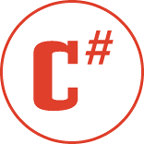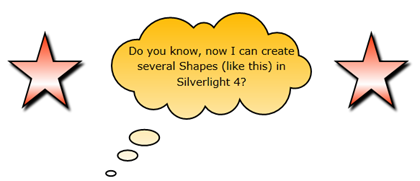Did you ever want to run an application from your local resource inside your HTML page? If so, you will face some issues. It will never run any application from local resource directly. It may ask you to download the file before running it. This is due to browser security issue as the code runs inside the browser sandbox.
So, what to do for this? In this post, I will describe you the steps resolve to do this. Read the complete post in order to learn the same.
 Few days ago, in one my earlier post, I discussed about “
Few days ago, in one my earlier post, I discussed about “ If you are a developer and want to get the “Telerik JustCode Developer License”, here is the chance for you. I am going to give you one license code absolutely Free which costs around $249. The registration process will end on 15th October 2010. Based on the registration, I will announce the Winner name on 20th October 2010.
If you are a developer and want to get the “Telerik JustCode Developer License”, here is the chance for you. I am going to give you one license code absolutely Free which costs around $249. The registration process will end on 15th October 2010. Based on the registration, I will announce the Winner name on 20th October 2010.
 First of all, a Big Thanks to all my readers who continuously supported me during last six months by voting my articles in CodeProject. I also appreciate you for your regular feedbacks and suggestions to improve. I tried my level best to answer your queries in each article’s page.
First of all, a Big Thanks to all my readers who continuously supported me during last six months by voting my articles in CodeProject. I also appreciate you for your regular feedbacks and suggestions to improve. I tried my level best to answer your queries in each article’s page.
